The Hill of Allen
home of the legendary Irish Giant Finn McCool.
The Bog of Allen is an immense raised bog covering an area nearly 1000 square kilometres in size. And it’s a good thing it is so big, because folklore says that in ancient times giants roamed the land, and on the bog is the Hill of Allen, believed to have been home to one of Ireland most famous.
According to legend, this was the home of the famous Irish giant, Finn McCool (Fionn Mac Cumhaill), and his band of warrior giants known as the Fianna. In Irish history, the Fianna were the protectors of the high king in ancient Ireland. Mythology depicts them as giants, 50 feet tall with long flowing blond hair. The giants of ancient Ireland are abundant in Irish folklore, but Finn McCool is probably the most famous. Anyone who has visited the Giants Causeway will have heard of him.

The Bog is a vast expanse of peat, which hundreds of years ago covered much of the Irish midlands. Today it still stretches through counties Offaly, Kildare and Laois. Raised bogs are flat and 8 metres deep on average. Because of this they provide a large-scale, commercial peat industry for the surrounding areas. Bogs cover about 5% of the Irish landscape, and the Bog of Allen is just one of hundreds dotting the Irish Midlands.
Throughout history people cut turf from the bogs and used it to cook food and heat homes. I imagine the giants used it for the same purposes too, albeit on a slightly larger scale. Even today in the midlands some houses still use it as fuel.
Turf Cutting
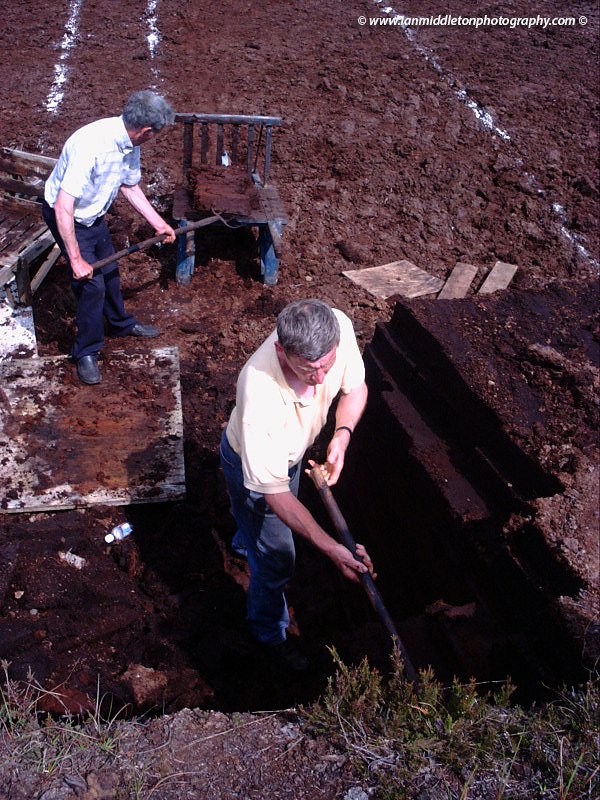
Traditionally people cut the turf by hand using a two-sided spade called a sleán. Nowadays though, machines have replaced them. Entire families came out to cut and save the turf. This involved the painstaking process of turning each sod of turf so the wind and sun would help with the drying process. The turf was then “footed”, placed upright, for further drying, which was a back-breaking job. Then they had to lay five or six sods upright back to back. Finally they took the turf home and stored it in sheds.
If you want to see how it’s done in the old days try visiting the All Ireland Annual Turf Cutting Festival at Ticknevin, usually held on the first Sunday in June. Local man Dick Brennan started the festival in the 1970s. He wanted to keep the memory and skill of the turf cutters alive after mechanisation put an end to the tradition.
The first time I ever passed through this region was on my 280-mile hike from Wexford to Donegal for charity. While going from Rathangan to Edenderry, I’d taken the old bog road that passes through this stark brown desert stretching as far as the eye can see. It’s so big and empty that you can easily picture a band of giants bounding across, sparring and pitching rocks.
The Hill of Allen
Legend says that Finn made his home on the Hill of Allen and built a great fortress here. The hill lies four miles northwest of the town of Newbridge. It’s a strategic point with panoramic views of the bog lands, the peak being at 676 feet. The little village of Allen lies at the foot of the hill. An iron age fort was present on the hill where a tower now stands. Sadly the Roundstone quarry has eaten away much of the hill in order to build all the new roads that Ireland has been enjoying of late.
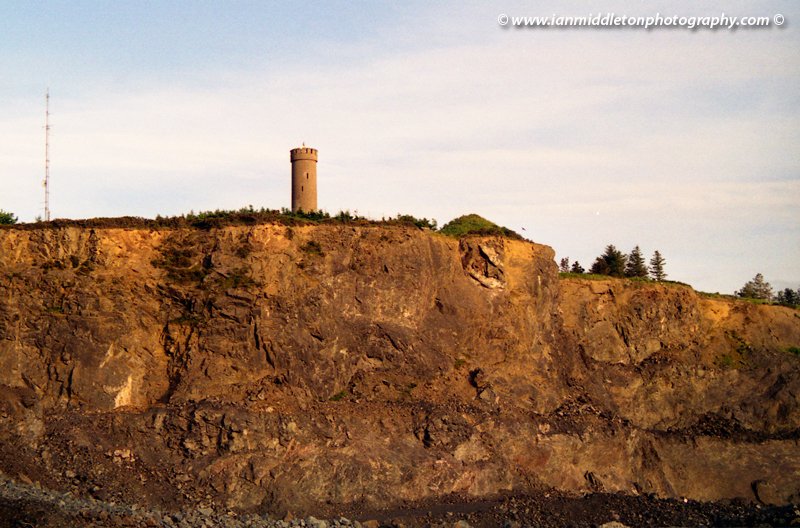
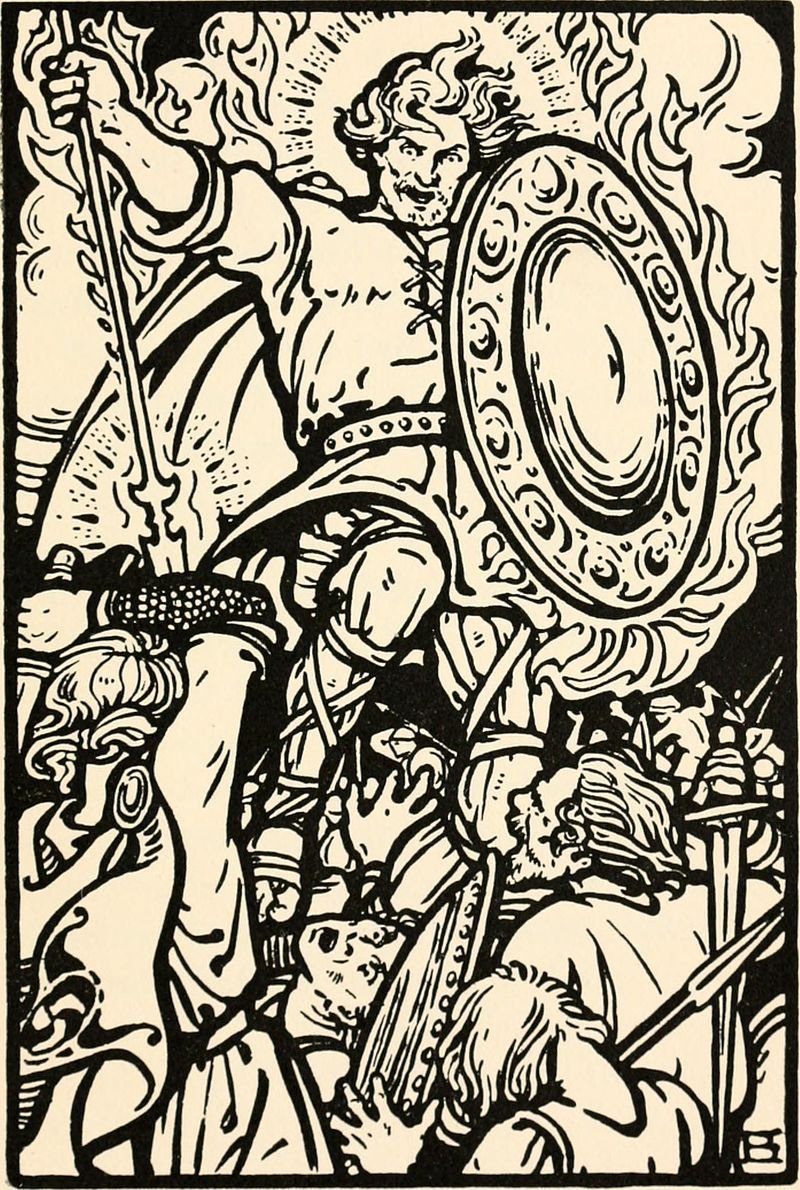
The circular folly tower that sits on the hill today was built in 1863. During construction the workers discovered a large coffin containing human bones, which they believed to be the remains of Finn McCool. They subsequently re-buried him on the site. You can hike up to the folly and experience the views that Finn McCool enjoyed from his home.
Because raised bogs are huge and flat, Finn McCool used the surrounding Bog of Allen as a training ground for his Fianna warriors. They could run, race, spar and toss huge spears and giant rocks for miles.
Near Howth Castle in north Dublin county, there is a huge dolmen. Legend attributes it as one of the many great rocks that Finn and his band of warriors tossed from his home on the Bog of Allen into Dublin Bay. The massive capstone weighs 70 tons and measures 17ft long, 12ft wide and 6ft thick. It had fallen off its supports and one side lay resting on the ground. Modern archaeology has dated it at around 1500BC.
Lullymore Heritage Park
When you stand beside the Bog of Allen and stare out across, it’s seems like a never-ending black expanse. However, there are a lot of great places to visit.
One of the best ways to learn about and experience bog life throughout history is to pay a visit to the Lullymore Heritage Park, in the village of Lullymore on the eastern edge of the Bog of Allen. The park lies between Rathangan and Allenwood.
The park offers a variety of educational features, leisure activities and lots of fun for children and adults alike, including woodland walks, treasures hunts, road train and a pet farm. The famine and emigration cottage provides a fascinating insight into the lives of the local people during the great potato plight of 1845.
There are some great exhibits of the stone age era. Now you can experience firsthand how the sunlight enters the Newgrange Passage Tomb, which located in County Meath, as it has done annually on the Winter Solstice for the past 5000 years.
As well as giants, there were also the wee folk. In the park grounds is a lone hawthorn bush, which many believe to be fairy trees. Surrounding the bush a now a little fairy village.
My Ireland Book
Read the story of my first ever trip around Ireland in my book, Hot Footing Around the Emerald Isle.
With just a backpack as a home, a guidebook in one hand, a bizarre travelogue in the other and very little money in my bank account, I leave my home and set off to this little country that has always been my neighbour, yet overlooked by myself for many years as I pursued dreams to travel to far and exotic countries. However, I was soon to learn that one of the most beautiful places in the world was right on my doorstep.




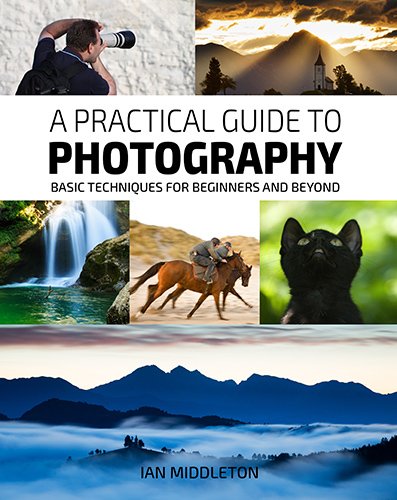






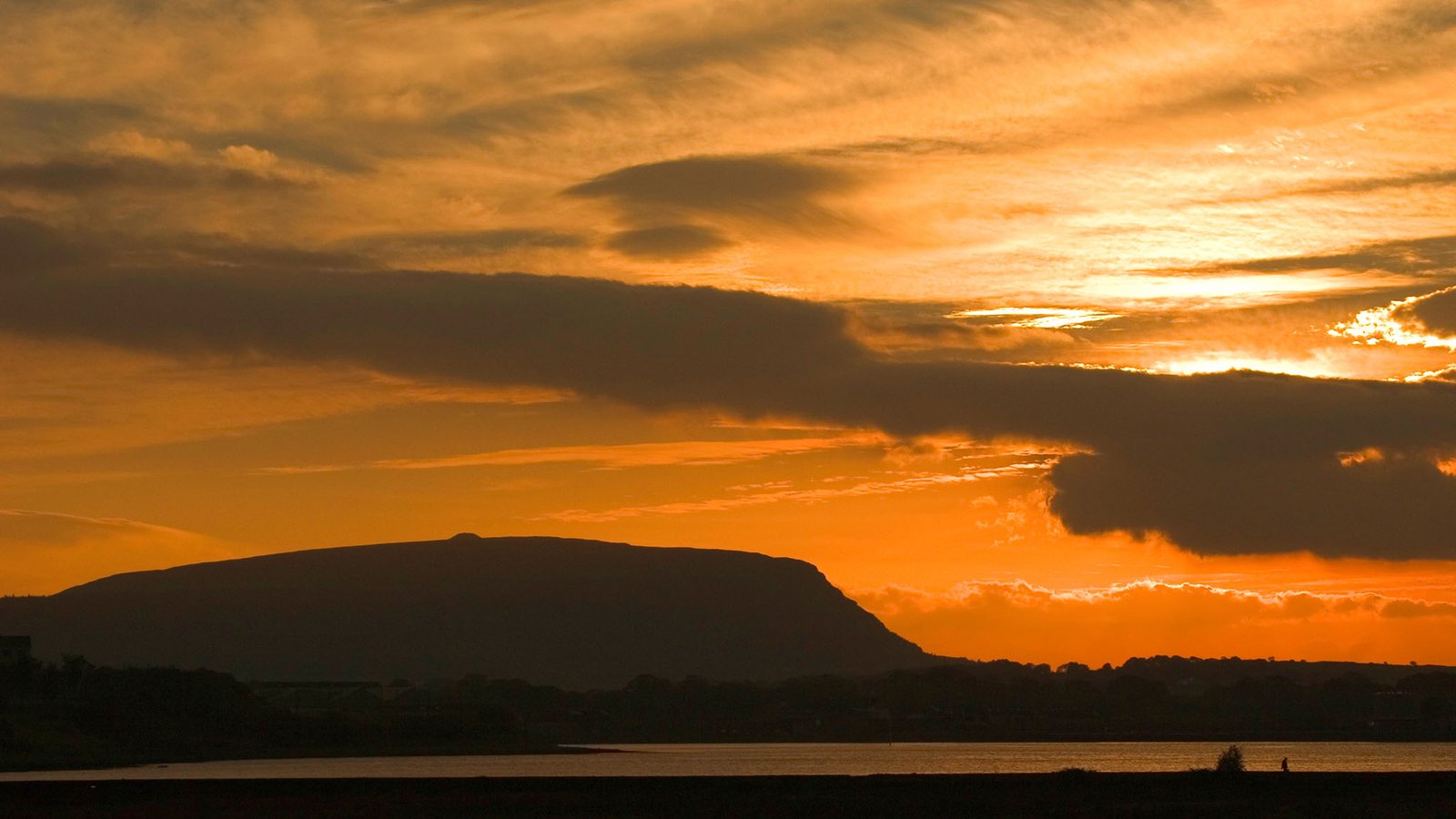

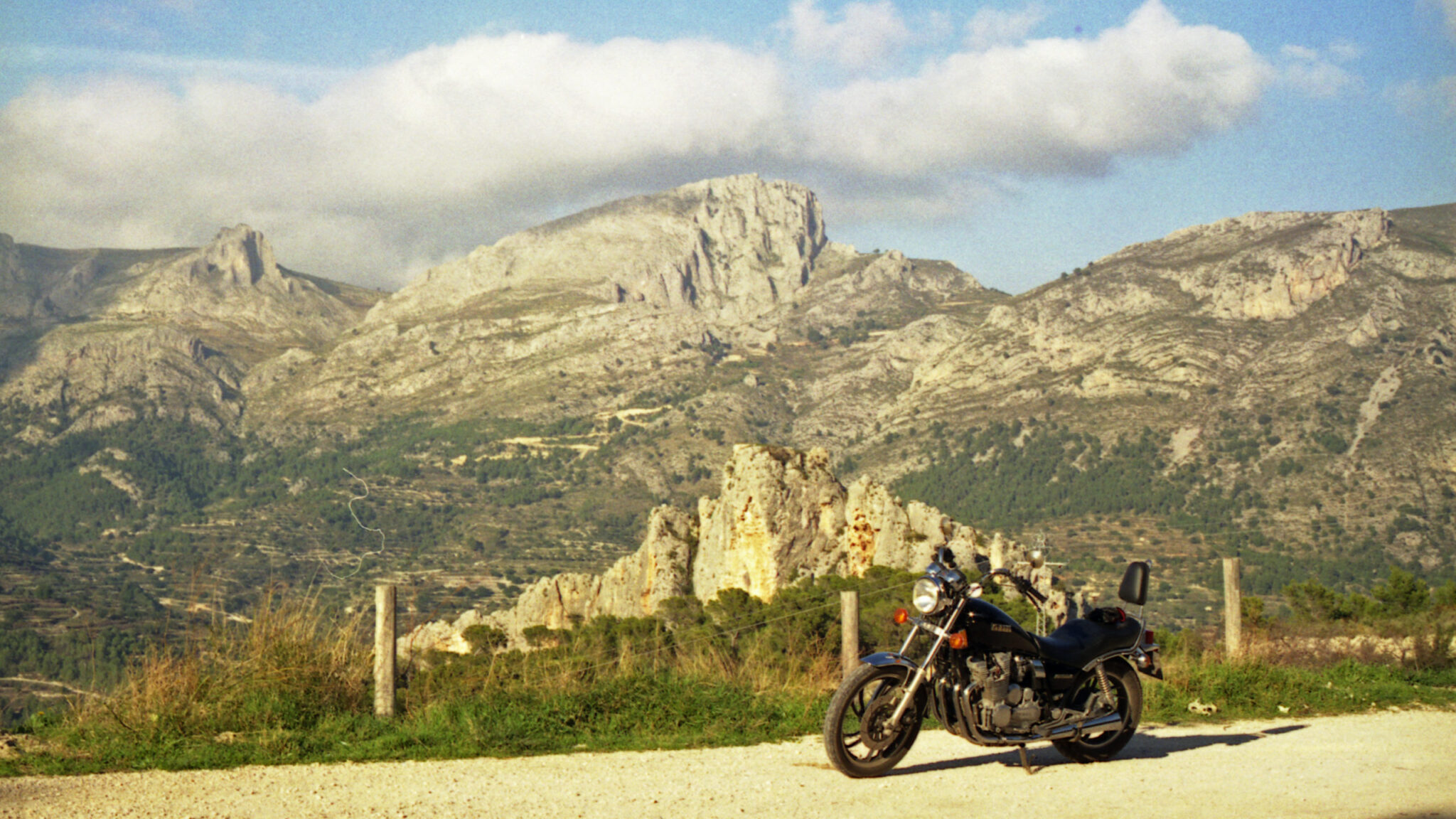

2 responses